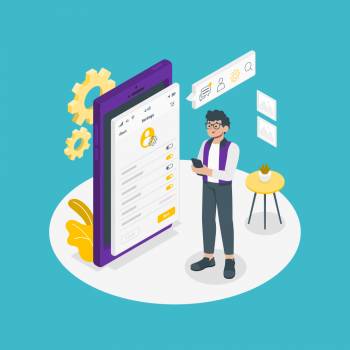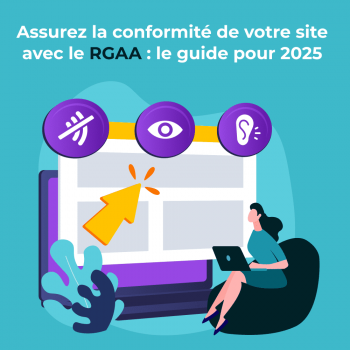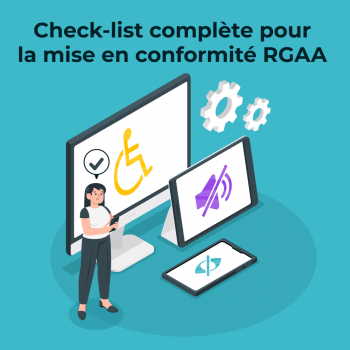What is agile web development?
Agile web development is an approach to software development that emphasizes collaboration, flexibility and rapid delivery of functional features. This method is becoming increasingly popular in website and application development, as it enables development teams to adapt quickly to changing needs and priorities. Instead of working to a rigid project plan, agile development teams work in short, iterative sprints, where features are developed in small steps, tested and delivered quickly to end-users for valuable feedback. Agile web development therefore encourages collaboration between developers, testers, product owners and end-users to improve the quality of the final product and meet changing customer needs.
What is an iterative business application?
An iterative business application is a type of software application that is developed iteratively, following the principles of iterative and agile development. Unlike traditional software development approaches, which involve exhaustive planning and implementation of the entire system before delivery, the iterative approach involves developing a first, minimal version of the product, then adding new features or modifying existing ones as user feedback and needs dictate.
In the context of business applications, this means that the application is developed to meet specific business needs. Functionalities are added progressively according to user feedback and evolving business needs, to ensure that the application remains relevant and useful. This approach reduces the risks and costs associated with software development projects, and improves end-user satisfaction by delivering a functional product tailored to their needs.
Why create an iterative business application?
There are several reasons why it can be advantageous to create a business application iteratively:
- Risk reduction: by developing a minimal first version of the application and adding functionality later, it is possible to reduce the risks associated with software development projects. This approach makes it possible to test ideas quickly and gather feedback from users, to ensure that application development is in line with stakeholder expectations.
- Adaptability to business needs: an iterative business application can be developed in direct response to the company's current business needs, while being flexible enough to adapt to future changes. By developing the application iteratively, development teams can adjust the application in real time to meet changing business needs, rather than having to start development from scratch.
- Improved user satisfaction: an iterative business application is developed with end-users in mind. By working closely with users throughout development, it is possible to ensure that the application perfectly meets their needs. This improves user satisfaction and maximizes application adoption.
- Cost reduction: iterative development reduces the costs associated with software development projects. By developing a minimal first version of the application, it is possible to test ideas quickly and gather feedback from users, thus avoiding the costs associated with developing an application that doesn't meet user needs.
Steps in designing an iterative business application
Designing an iterative business application involves several key stages:
- Needs analysis: this stage involves gathering and understanding business and end-user requirements. This may include interviews with key stakeholders, market research and competitive analysis.
- Design of the first minimal version of the application: this stage involves designing and developing a first minimal version of the application that meets the most critical needs of end-users.
- Evaluation of the first minimal version of the application: this stage involves evaluating the first minimal version of the application with end-users to gather feedback and comments. This feedback is then used to guide the development of the application for subsequent versions.
- Adding new functionalities: this stage consists of adding new functionalities to the application based on user feedback and business needs.
- Testing and validation: this stage involves testing the new functionalities added to the application to ensure that they function correctly and meet end-user requirements.
- Delivery of iterative version: once testing and validation have been completed, the new version of the application is delivered to end users.
- Ongoing evaluation: this stage involves continuing to gather feedback and evaluate the application to guide the development of subsequent versions.
These steps are iterative, meaning that they are repeated until the application has been developed in complete response to the needs of end-users and the company's business requirements.
Our expertise
Creating an iterative business application has many advantages for companies, including reduced risk, adaptability to business needs, improved user satisfaction and reduced costs.
At Ylly, we are convinced of the importance of this approach to developing tailor-made solutions for our customers. We have the expertise and experience to design and develop high-quality, iterative business applications that meet the unique needs of each company. Thanks to this approach, we can ensure that the applications we develop are perfectly tailored to end-user and business needs, while being scalable and flexible to meet changing business requirements.
To find out more, don't hesitate to contact us!








